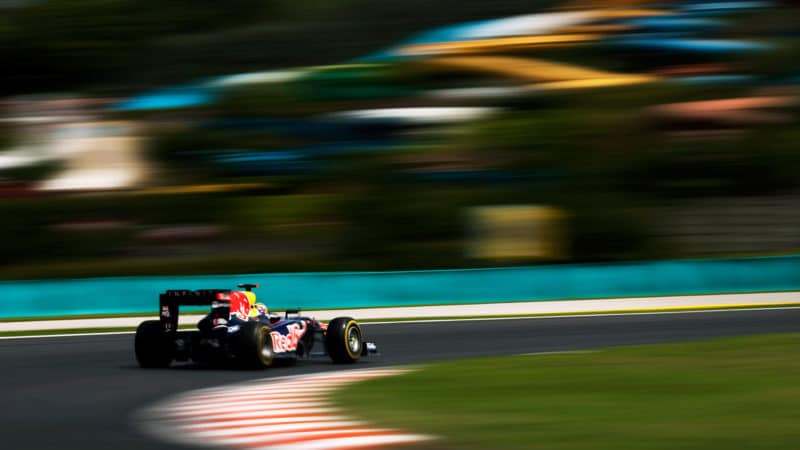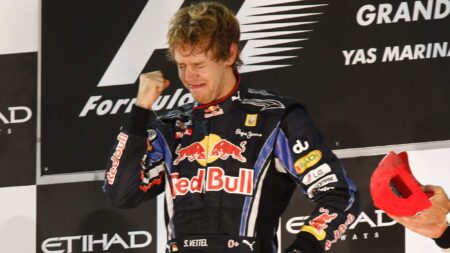That whole discussion is to totally misunderstand the nature of F1. It is not about finding and aligning who is the best/fastest driver with the results. Whether the world champion in any given years is actually the most talented driver is utterly irrelevant. F1 is about the competition in the round, technical, psychological, every single element which — if you buy into that idea — is way more fascinating than any collection of drivers in absolutely equal cars trying to establish who is fastest could ever be.
The driver is seeking to a) get himself in a fast car and b) make the team producing that car centred around him, so that he can fully exploit the potential of the combination. Vettel’s time at Red Bull – he was only there six years and won four titles – is a great case study. Yes, Adrian Newey and his technical team were on the cusp of producing the fastest cars of the time just as Vettel joined but first of all, he had made his joining of that team a mere formality after his staggering feat of winning the 2008 Italian Grand Prix from pole for the little Toro Rosso team in his first full season.
The car – essentially a Red Bull with a Ferrari engine rather than a Renault – was a good one, but there were good McLarens and Ferraris on that grid, better cars than the Red Bull or Toro Rosso and driven by guys with far more experience than he. It showed his level, the heights he was capable of reaching. But once installed at Red Bull, his way of working ensured he was the team’s natural focus. He wanted to know everything, how every process in the team worked. He wanted to talk through every nuance of the car, explore every possible area of weakness and understand how to eradicate it.

Turn in at speed and… more power: Vettel spent hours honing the blown diffuser
Darren Heath/Getty Images
Then when Adrian Newey and Renault together reintroduced the blown diffuser to F1 (originally introduced in 1983 by Renault) but now with trick software to really exploit it, Vettel was absolutely in his element. With Renault engineer Cyril Dumont, Vettel worked tirelessly to get the engine to respond exactly how he needed it to in the entry phase of the corner. The more they worked on it, the more potential Vettel was finding. The entry speeds that were possible became almost off the scale as he realised that the effect was powerful enough to pull a wayward rear end back into line if you accelerated. I stood trackside for hour upon hour watching him do it in 2010 and ’11 and it was unlike anything else. Huge entry speed, the rear beginning to step out, then hard acceleration, often in a lower gear, pulling everything back into line – and he was gone.
He was operating at a higher level than anyone else in that period – because he’d created the headroom to do something different to anyone else by how he exploited this new trick. Even as other teams switched to blown diffusers, Red Bull and Vettel together were the masters at exploiting it. That is the game of F1, what everyone is forever chasing, encapsulated. It is a much more sophisticated game than which driver can drive equal non-trick cars around a track the quickest.




